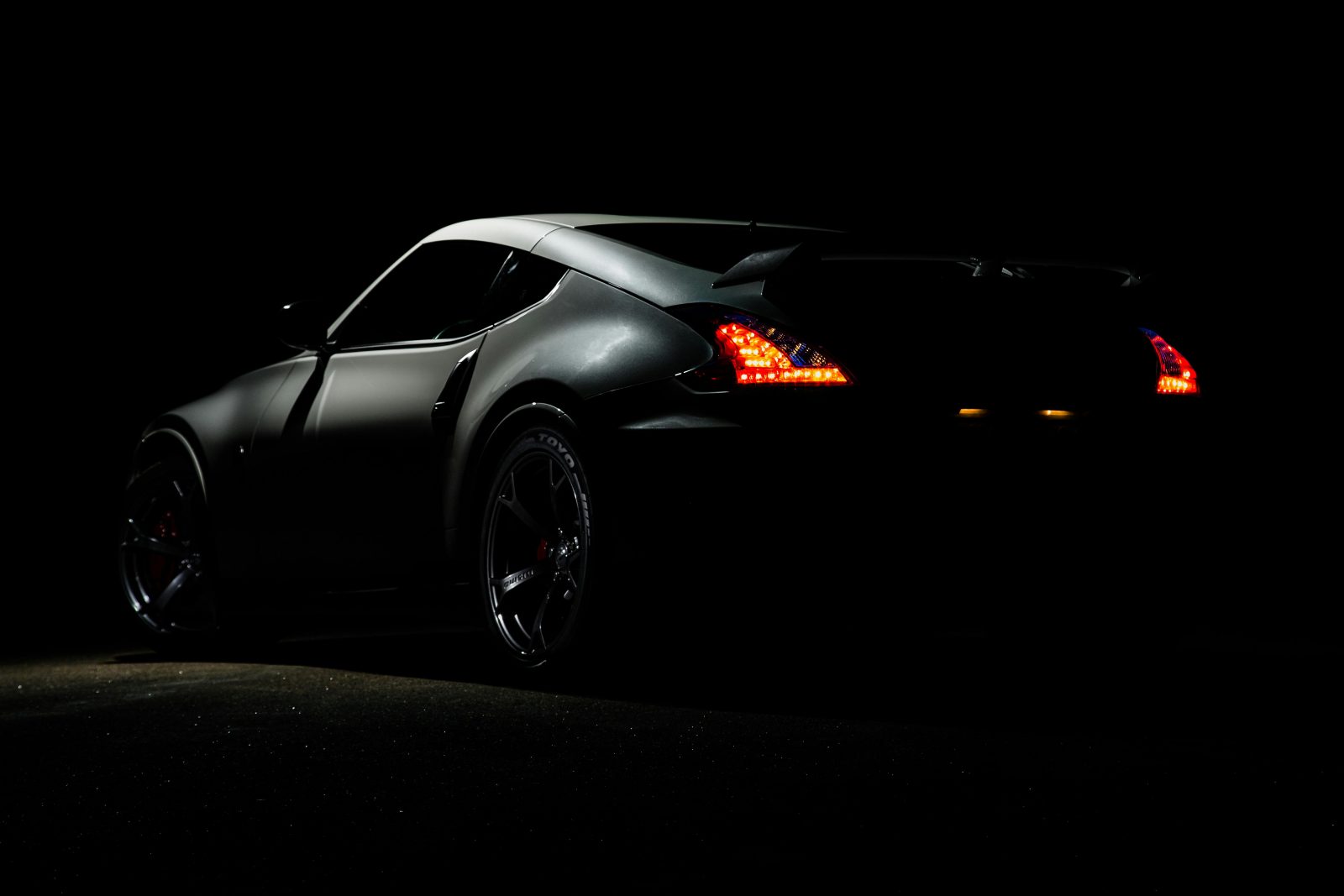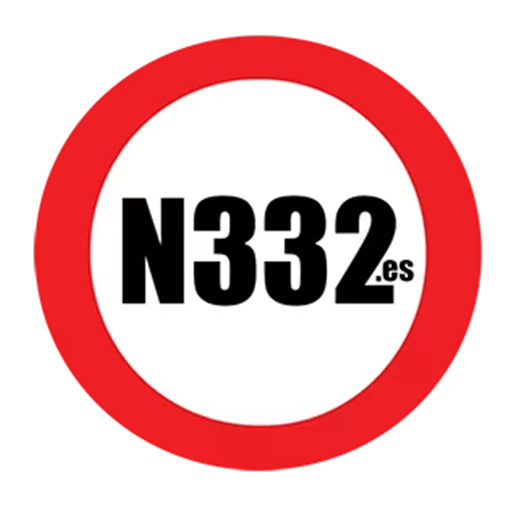Tick, tock, tick, tock, as we set our clocks forward recently, tick, tock, tick, tock, as old father time slips away, tick, tock, tick, tock, comes the sound from our joints as we reach a more mature age, but then… Silence… From the cars where the driver forgets or just can´t be bothered to INDICATE!!!
So, we painted a picture with words, to try to lull those who might need it into a false sense of security, because no matter how often we try to share the message, no matter how much we mention the 200 euro for not doing, there are still far too many people who still don´t use their indicators.
For example, according to the DGT, despite indicators being necessary to alert other road users f our intentions (as in beforehand), and despite them being mandatory, only 33% of overtaking attempts are, for example, signalled.
Before we continue with our metronome of example, we also have to say that there are also drivers who use them incorrectly or at the wrong time, which can also lead to a fine.
“The omission or improper use of indicators can lead to conflicts and accidents, especially in a manoeuvre like overtaking, where they are essential,” warned Juan Ignacio Serena, Head of the DGT’s Driver Training Section.
“It’s very important to use turn signals when driving. Optical warnings are the primary means of communicating with road users. Without them, coexistence is difficult,” emphasises Juan Ignacio Serena. The DGT estimates that over the life of a vehicle, drivers will likely use them more than 200,000 times, and their correct use prevents collisions, run overs, and other road accidents, and they must always be used in advance, after checking your surroundings to make sure the manoeuvre is safe to carry out.

The DGT details the situations where indicator use is mandatory
Lane changes, such as turns, U-turns, and overtaking, are manoeuvres where the MSM (Mirror, Signal, Manoeuvre) safety rule applies.
Turning and changing directions two other manoeuvres in which, according to the DGT, the ticking sound should always be heard in our car.
When overtaking it is also essential to activate your indicators. When overtaking, it’s essential to signal each lateral movement in advance if you’re moving from one lane to another so that drivers behind and ahead—on two-way roads—are aware of your intentions, and when you intend to return to your lane.
At roundabouts: Inside the roundabout, it is essential, and also clearly mandatory, to use the turn signal to signal both lane changes within the roundabout and exits from it, so as not to surprise drivers behind you or those entering the roundabout. However, when continuing inside the roundabout, with no intention of changing lanes or exiting, it is incorrect to keep the indicator on, although this is widely accepted practice, known as the “courtesy indicator”.
Another manoeuvre that requires activating the turn signals, according to the DGT, is merging, whether from a parking space or entering or exiting dual carriageways, motorways, or conventional roads from other roads. Furthermore, properly signalling when merging into a road makes the manoeuvre easier for all drivers already on the road, for example, by changing lanes (whenever possible) or slowing down in advance to give space to the merging vehicle.
When parking, stopping, or making a stop, always signal ahead by using your turn signal to the side where you’re about to stop. This reduces the risk of being overtaken if the vehicle behind you is too close and contributes to the flow of traffic, as it gives the vehicle behind you the opportunity to overtake and avoid being stopped as well.

Discover more from N332.es - Driving In Spain
Subscribe to get the latest posts sent to your email.

You must be logged in to post a comment.